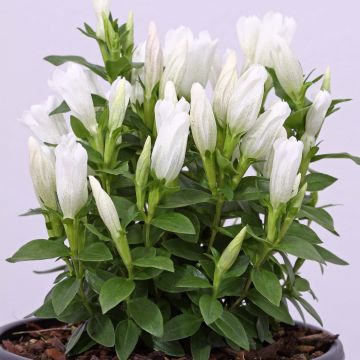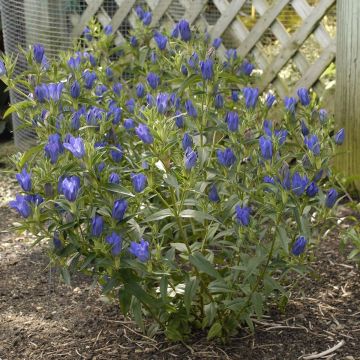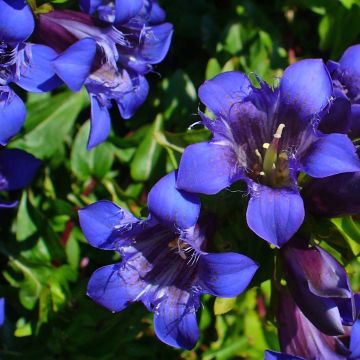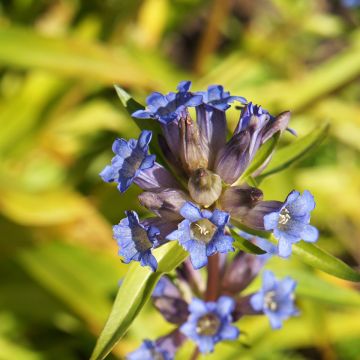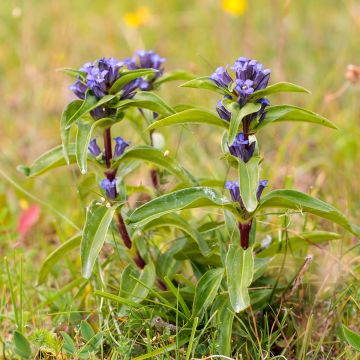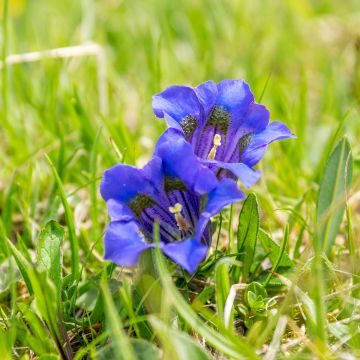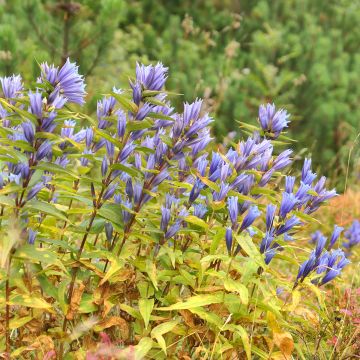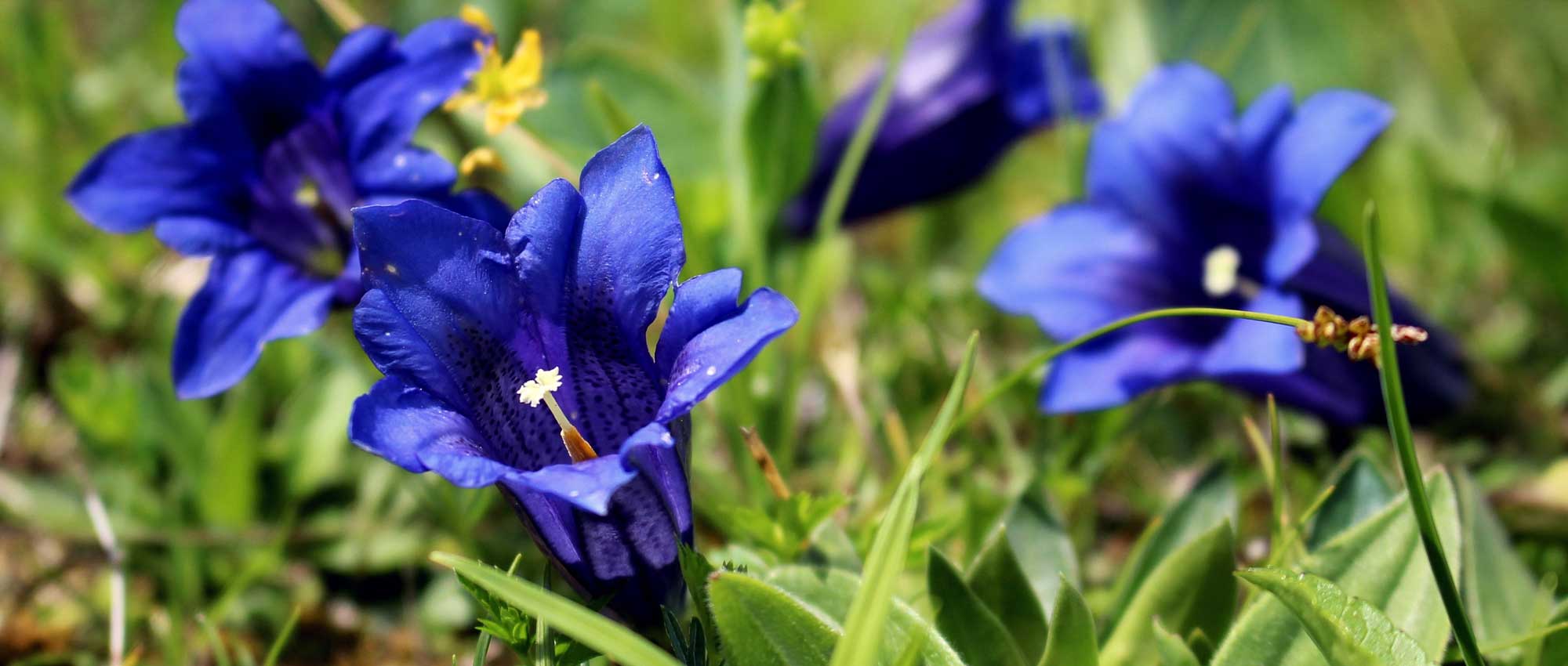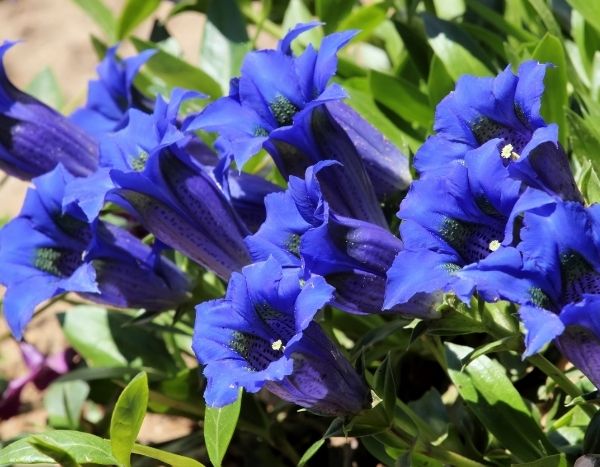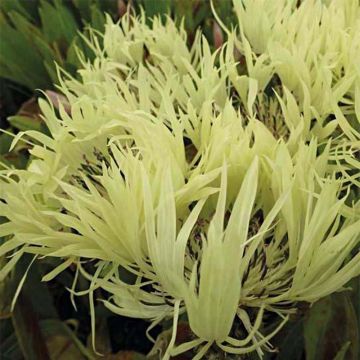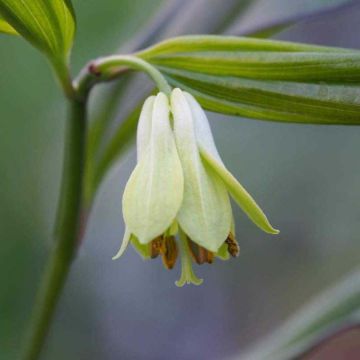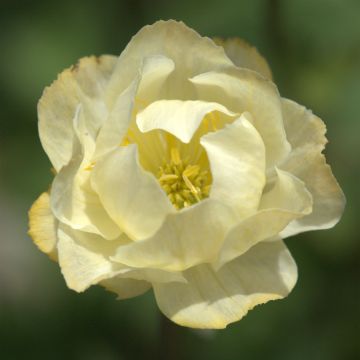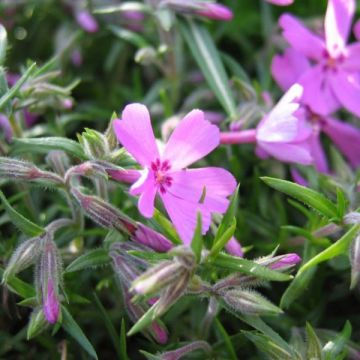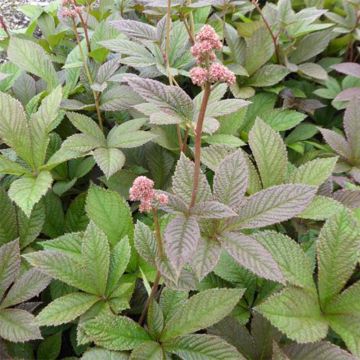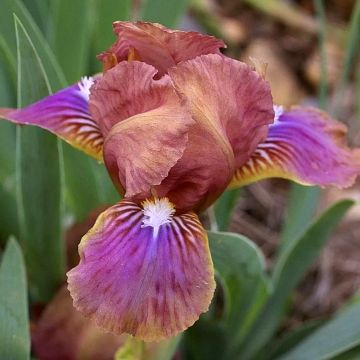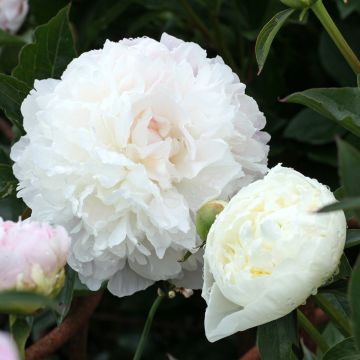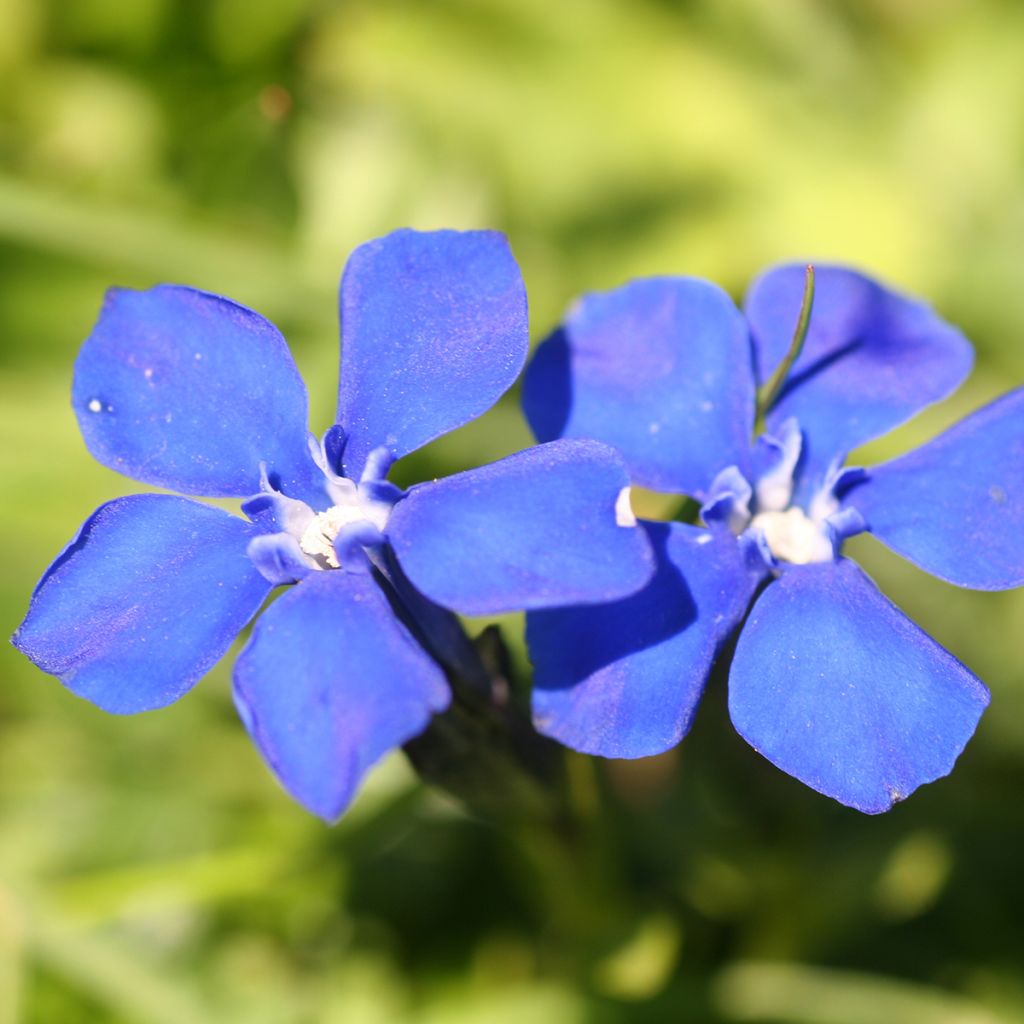

Gentiana verna
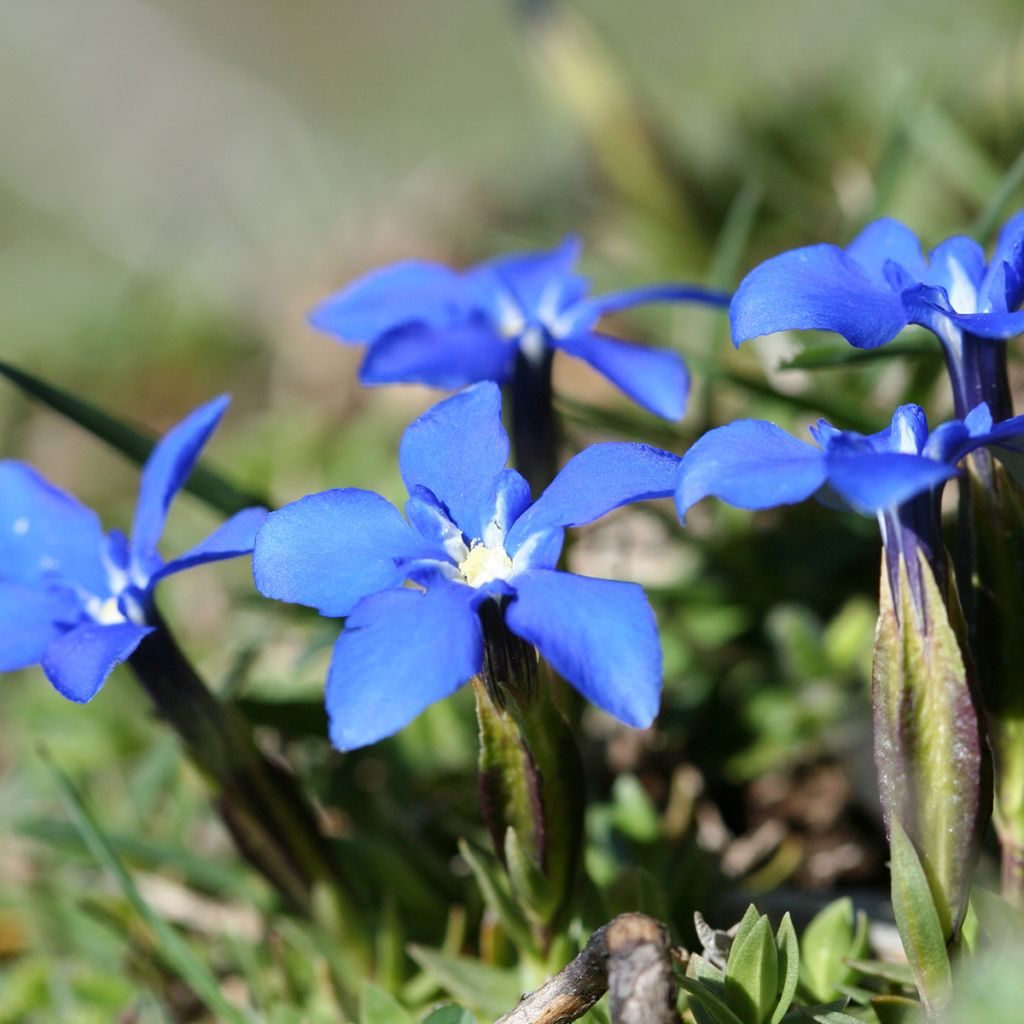

Gentiana verna
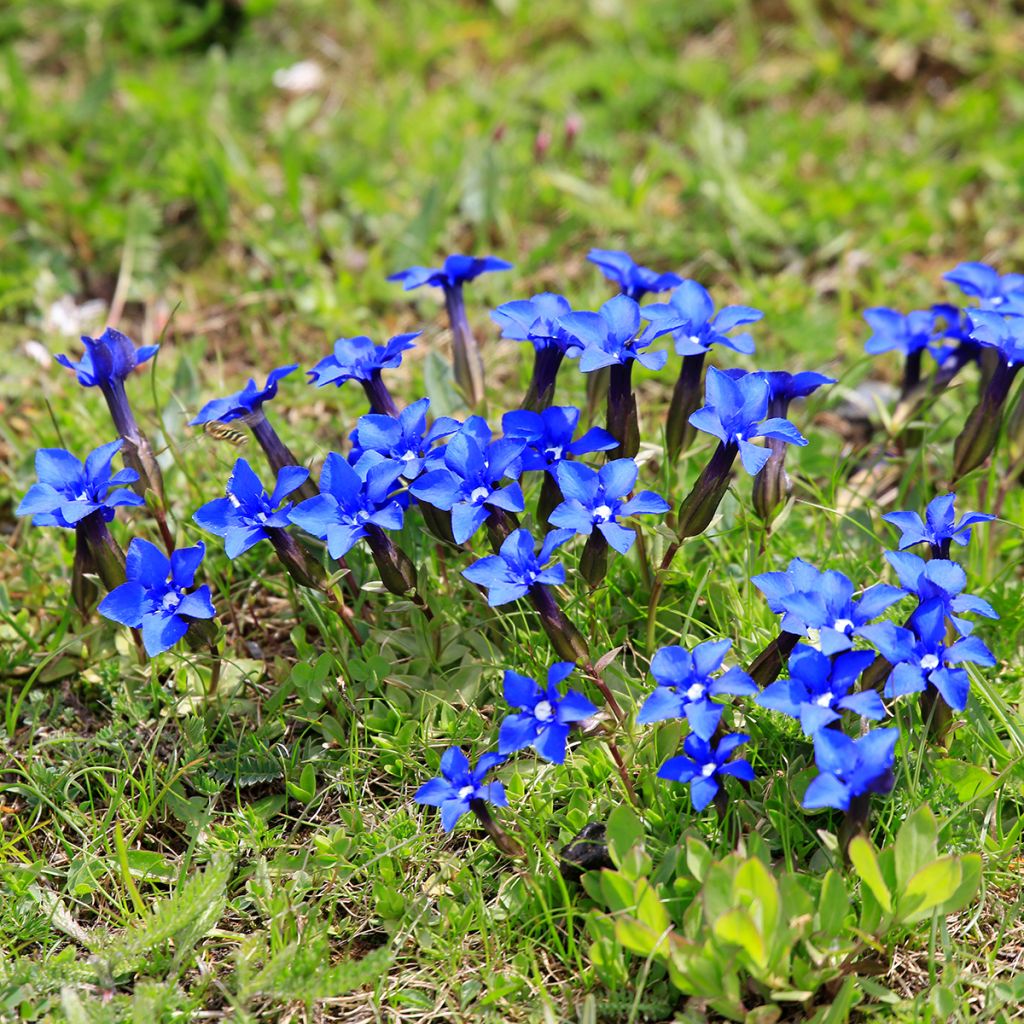

Gentiana verna
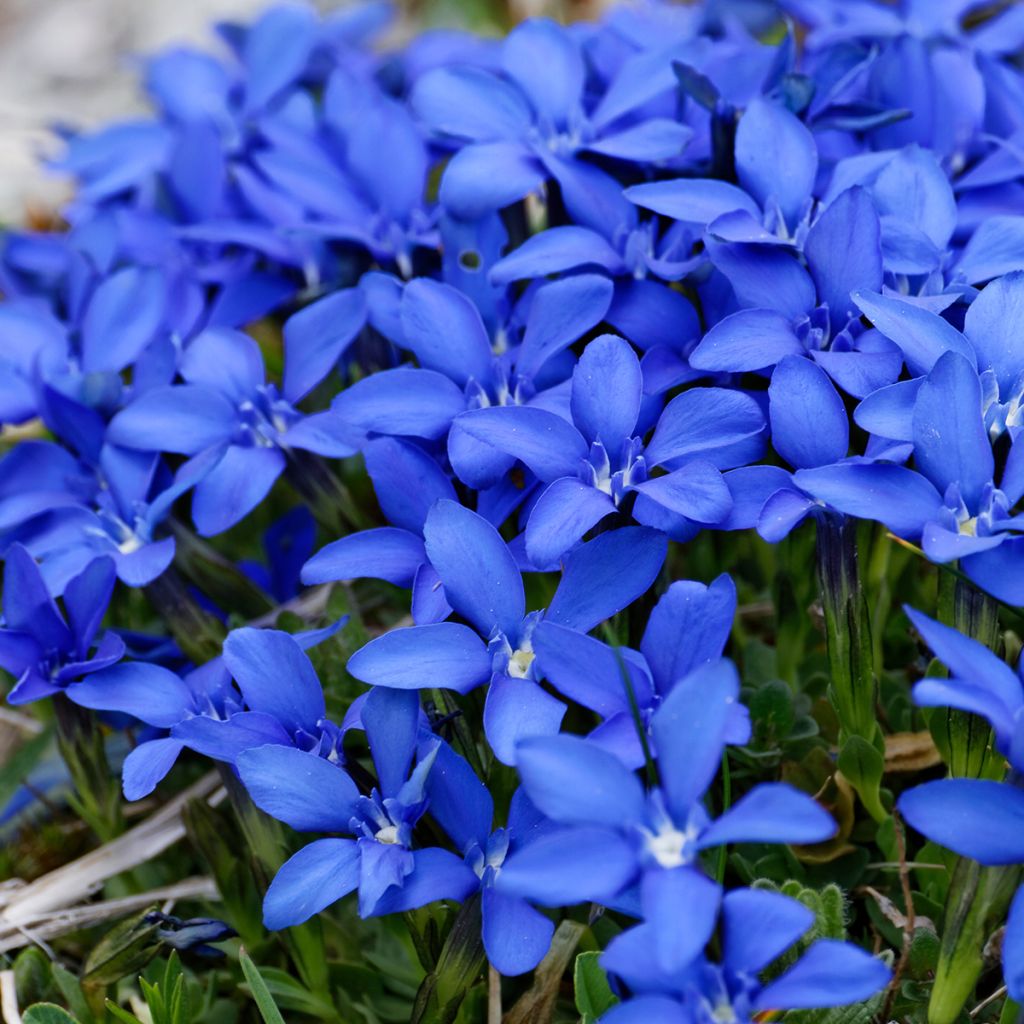

Gentiana verna
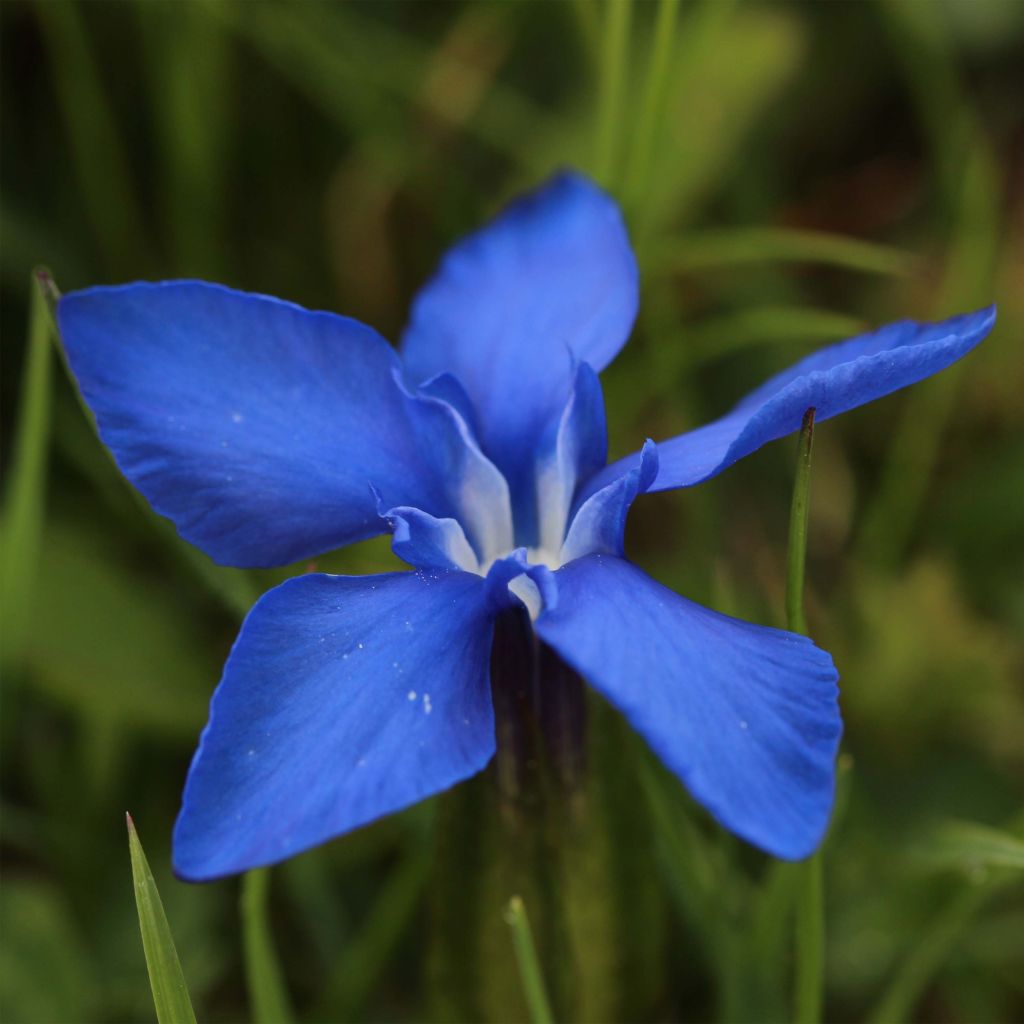

Gentiana verna
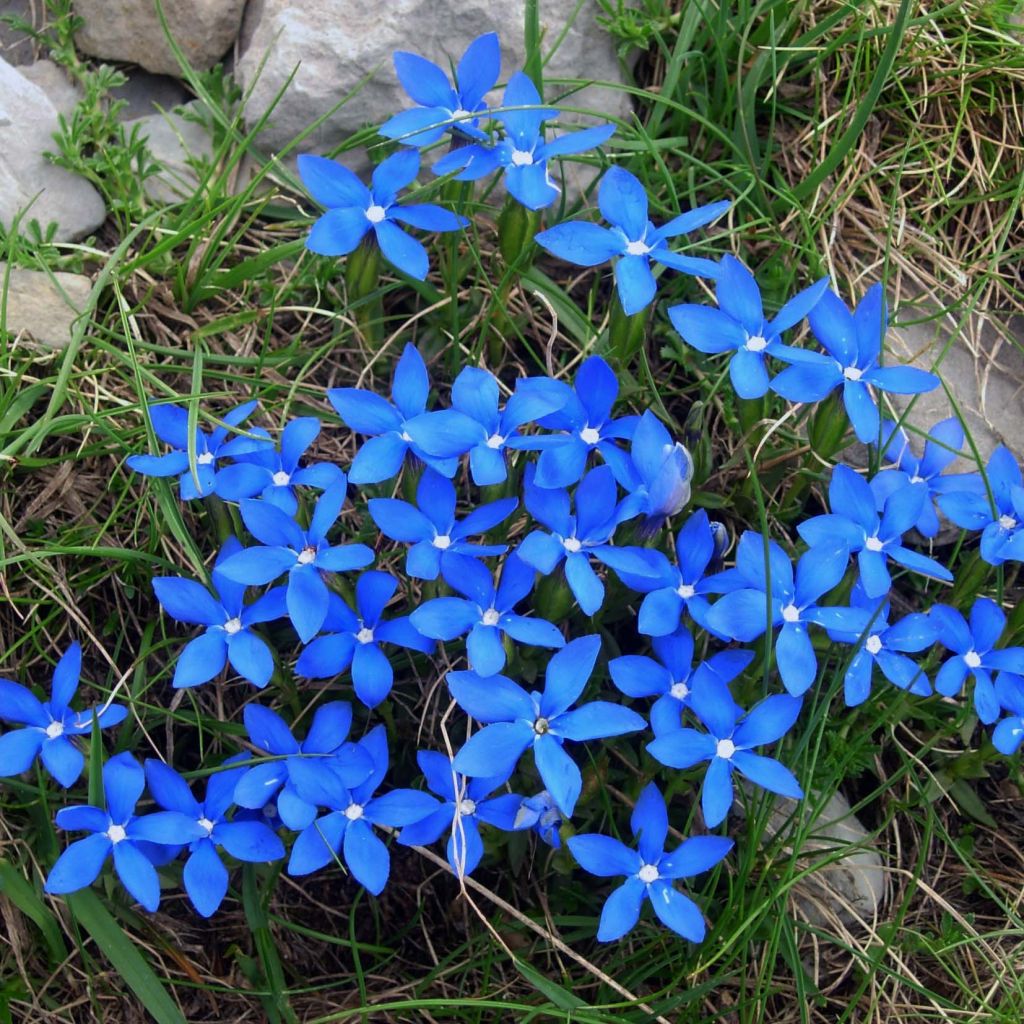

Gentiana verna
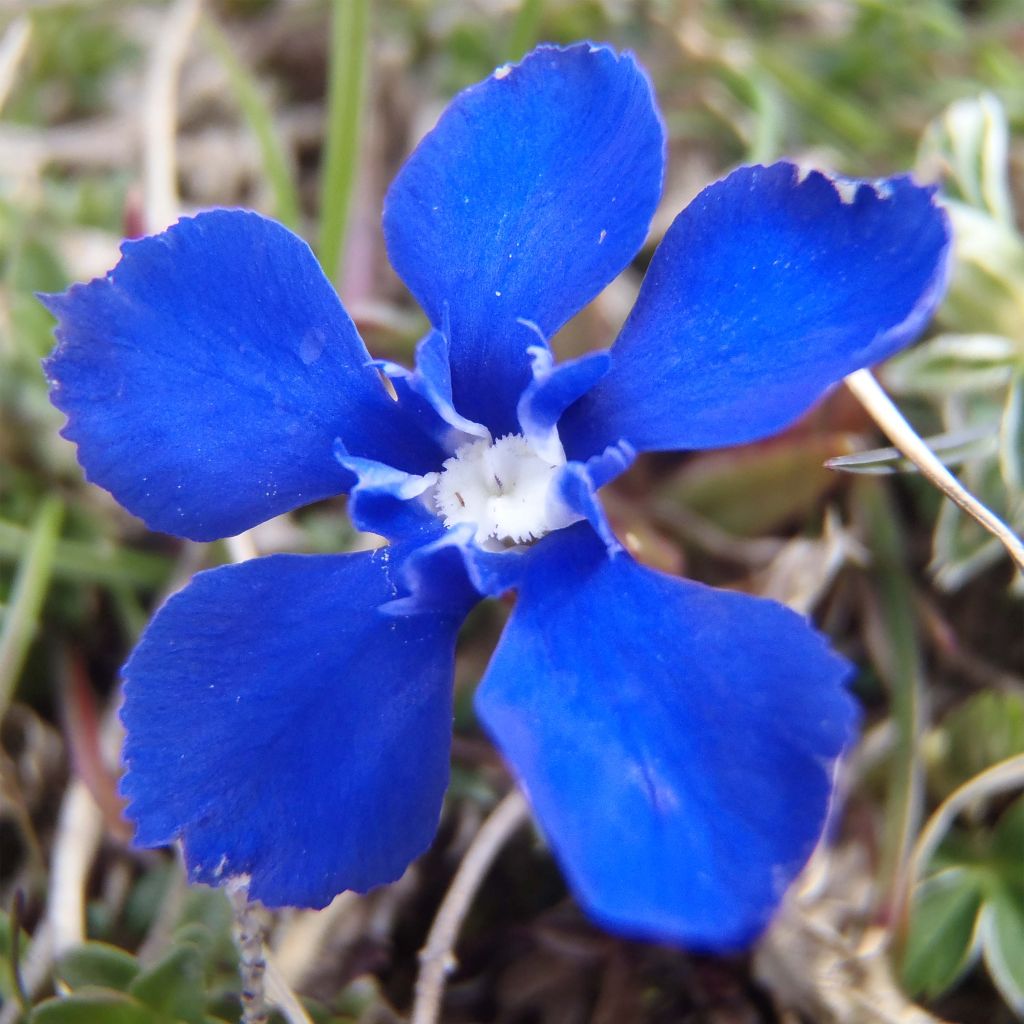

Gentiana verna
Gentiana verna
Gentiana verna
Spring Gentian, Lucy of Teesdale
Brilliant and excellent service!
Pierre, 23/04/2020
Special offer!
Receive a €20 voucher for any order over €90 (excluding delivery costs, credit notes, and plastic-free options)!
1- Add your favorite plants to your cart.
2- Once you have reached €90, confirm your order (you can even choose the delivery date!).
3- As soon as your order is shipped, you will receive an email containing your voucher code, valid for 3 months (90 days).
Your voucher is unique and can only be used once, for any order with a minimum value of €20, excluding delivery costs.
Can be combined with other current offers, non-divisible and non-refundable.
Why not try an alternative variety in stock?
View all →This plant carries a 12 months recovery warranty
More information
We guarantee the quality of our plants for a full growing cycle, and will replace at our expense any plant that fails to recover under normal climatic and planting conditions.
Would this plant suit my garden?
Set up your Plantfit profile →
Description
The Spring Gentian, known as Gentiana verna in Latin, is a mountainous perennial plant that is quite common in nature, but quite difficult to acclimatise in the garden like many high-altitude plants that require quite specific growing conditions. It blooms from spring to early summer depending on the altitude and climate, with its small flowers of an electric blue emerging near the ground from a tuft of grass. It is a botanical species that prefers rather dry limestone or sandy soils, and dislikes heatwaves and stifling summers. Easy to grow in a mountain garden, it will also thrive in an alpine rockery or above a wall.
The Spring Gentian, part of the Gentianaceae family, is a species native to the mountain ranges of Europe and Asia. It can be found from Ireland to Russia, passing through the High Atlas in Morocco, as well as the mountains of Turkey, Iraq, and Iran. It thrives there in limestone or sandy soils, poor and well-drained, in a humid atmosphere.
As a perennial plant with a short and grassy appearance, it consists mainly of basal leaves, in rosettes, ovate to lanceolate and vivid green, which disappear in winter and emerge from the ground in spring. At maturity, the plant reaches an average height of 10cm (4in) with a spread of 20cm (8in), depending on the growing conditions. The sparsely leafy floral stems emerge from March to July-August depending on the climate. At the tip of each stem, a vertical flower, funnel-shaped, measuring 3 to 4cm (1 to 2in) in height blooms. Fused at the base, the angular corolla widens into 5 well-defined lobes, with an oval-obtuse shape. The colour of the flower is an intense blue, sometimes purple or more rarely a slightly bluish white. The exterior is tinted with green and purple. This flowering attracts pollinating insects. The seeds of this gentian are dispersed by ants, ensuring its spread.
As is the case with most alpine plants, the Spring Gentian will be easy to grow as long as the growing conditions suit it. This mountain plant does not appreciate overly hot climates or heavy, acidic, and/or poorly drained soils. In the ground, it is ideally placed in a soil rich in limestone rocks, well-drained, not too dry, on a wall, in a rockery, on a slope, on the edge of borders, or in a trough, in a mountain garden. It prefers rocky, sunny spaces that are not too hot, or semi-shaded, where it can root deeply. This Gentian can be combined, in a flower bed or rockery, with Snowdrops, Botanical Tulips, crocuses, Lewisia, Edelweiss, pasqueflowers....
The term Gentiana refers to Gentius, king of Illyria (modern-day Albania) in the 2nd century BC who, according to Pliny the Elder, discovered the medicinal and healing properties of the root of the Yellow Gentian.
Gentiana verna in pictures
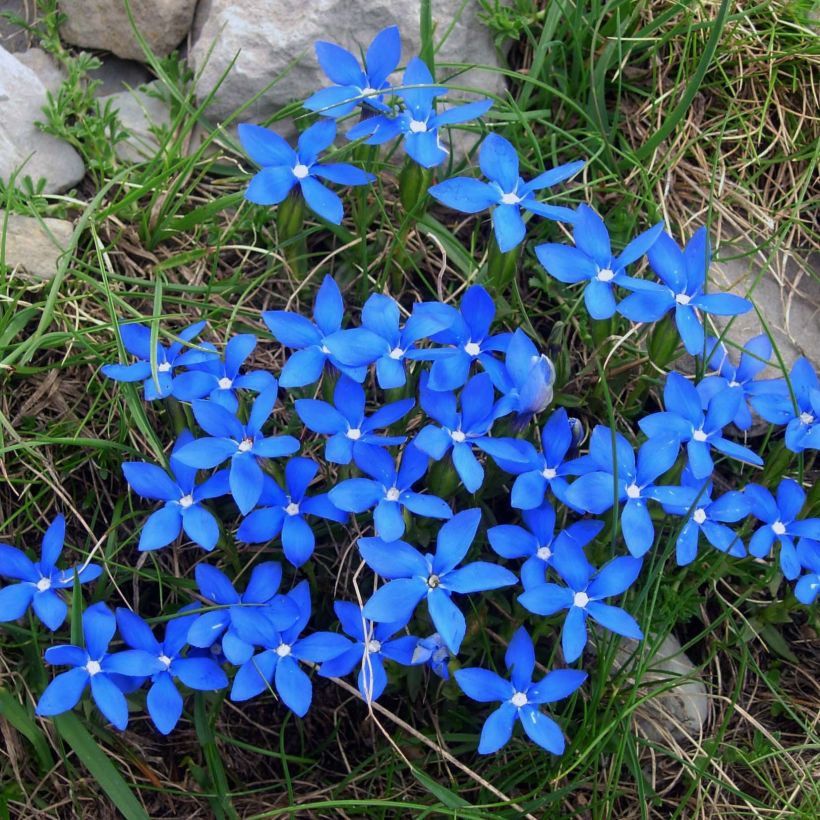

Flowering
Foliage
Plant habit
Botanical data
Gentiana
verna
Gentianaceae
Spring Gentian, Lucy of Teesdale
Alps
Other Gentian
View all →Planting and care
The Spring Gentian is planted in spring or autumn. When planting, between September and March, it should be placed in a well-drained soil, enriched with limestone gravel and leaf compost. The soil should be well-drained, but not too dry in summer. This plant, quite resistant to cold (-15°C (5°F)), does not appreciate very hot climates and scorching summers, nor compact, heavy and moist soils in winter. It thrives in poor soils. Its flowers open in the light and close in the evening, so a sunny but not scorching exposure will be welcome. In a cold greenhouse, this hybrid Gentian should be planted in a pot measuring 10 to 20cm (4 to 8in), depending on the size of the plant, and in a mixture of compost and gravel. Repot every year, without disturbing the main root of the plant. Make sure to protect it from snails and slugs in the garden and red spider mites in the greenhouse.
Planting period
Intended location
Care
Planting & care advice
-
, onOrder confirmed
Reply from on Promesse de fleurs
Similar products
Haven't found what you were looking for?
Hardiness is the lowest winter temperature a plant can endure without suffering serious damage or even dying. However, hardiness is affected by location (a sheltered area, such as a patio), protection (winter cover) and soil type (hardiness is improved by well-drained soil).

Photo Sharing Terms & Conditions
In order to encourage gardeners to interact and share their experiences, Promesse de fleurs offers various media enabling content to be uploaded onto its Site - in particular via the ‘Photo sharing’ module.
The User agrees to refrain from:
- Posting any content that is illegal, prejudicial, insulting, racist, inciteful to hatred, revisionist, contrary to public decency, that infringes on privacy or on the privacy rights of third parties, in particular the publicity rights of persons and goods, intellectual property rights, or the right to privacy.
- Submitting content on behalf of a third party;
- Impersonate the identity of a third party and/or publish any personal information about a third party;
In general, the User undertakes to refrain from any unethical behaviour.
All Content (in particular text, comments, files, images, photos, videos, creative works, etc.), which may be subject to property or intellectual property rights, image or other private rights, shall remain the property of the User, subject to the limited rights granted by the terms of the licence granted by Promesse de fleurs as stated below. Users are at liberty to publish or not to publish such Content on the Site, notably via the ‘Photo Sharing’ facility, and accept that this Content shall be made public and freely accessible, notably on the Internet.
Users further acknowledge, undertake to have ,and guarantee that they hold all necessary rights and permissions to publish such material on the Site, in particular with regard to the legislation in force pertaining to any privacy, property, intellectual property, image, or contractual rights, or rights of any other nature. By publishing such Content on the Site, Users acknowledge accepting full liability as publishers of the Content within the meaning of the law, and grant Promesse de fleurs, free of charge, an inclusive, worldwide licence for the said Content for the entire duration of its publication, including all reproduction, representation, up/downloading, displaying, performing, transmission, and storage rights.
Users also grant permission for their name to be linked to the Content and accept that this link may not always be made available.
By engaging in posting material, Users consent to their Content becoming automatically accessible on the Internet, in particular on other sites and/or blogs and/or web pages of the Promesse de fleurs site, including in particular social pages and the Promesse de fleurs catalogue.
Users may secure the removal of entrusted content free of charge by issuing a simple request via our contact form.
The flowering period indicated on our website applies to countries and regions located in USDA zone 8 (France, the United Kingdom, Ireland, the Netherlands, etc.)
It will vary according to where you live:
- In zones 9 to 10 (Italy, Spain, Greece, etc.), flowering will occur about 2 to 4 weeks earlier.
- In zones 6 to 7 (Germany, Poland, Slovenia, and lower mountainous regions), flowering will be delayed by 2 to 3 weeks.
- In zone 5 (Central Europe, Scandinavia), blooming will be delayed by 3 to 5 weeks.
In temperate climates, pruning of spring-flowering shrubs (forsythia, spireas, etc.) should be done just after flowering.
Pruning of summer-flowering shrubs (Indian Lilac, Perovskia, etc.) can be done in winter or spring.
In cold regions as well as with frost-sensitive plants, avoid pruning too early when severe frosts may still occur.
The planting period indicated on our website applies to countries and regions located in USDA zone 8 (France, United Kingdom, Ireland, Netherlands).
It will vary according to where you live:
- In Mediterranean zones (Marseille, Madrid, Milan, etc.), autumn and winter are the best planting periods.
- In continental zones (Strasbourg, Munich, Vienna, etc.), delay planting by 2 to 3 weeks in spring and bring it forward by 2 to 4 weeks in autumn.
- In mountainous regions (the Alps, Pyrenees, Carpathians, etc.), it is best to plant in late spring (May-June) or late summer (August-September).
The harvesting period indicated on our website applies to countries and regions in USDA zone 8 (France, England, Ireland, the Netherlands).
In colder areas (Scandinavia, Poland, Austria...) fruit and vegetable harvests are likely to be delayed by 3-4 weeks.
In warmer areas (Italy, Spain, Greece, etc.), harvesting will probably take place earlier, depending on weather conditions.
The sowing periods indicated on our website apply to countries and regions within USDA Zone 8 (France, UK, Ireland, Netherlands).
In colder areas (Scandinavia, Poland, Austria...), delay any outdoor sowing by 3-4 weeks, or sow under glass.
In warmer climes (Italy, Spain, Greece, etc.), bring outdoor sowing forward by a few weeks.































